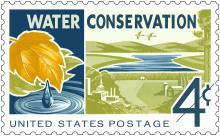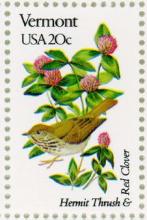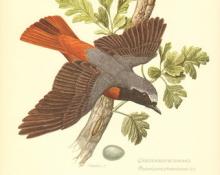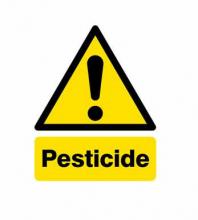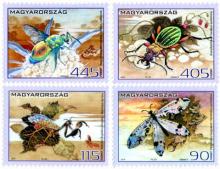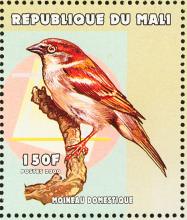US surface waters are contaminated with neonicotinoid insecticides, with catastrophic effects on the insect world
Data collected by the U.S. Geological Survey (USGS), as part of the Pesticide National Synthesis Project, show that use of neonicotinoids in agriculture rose from about 150 metric tons (all imidacloprid) in the late 1990s and early 2000s to between 510 and 625 tons in 2004. From 2004 to 2007, these figures nearly doubled, and in 2012, according to USGS data, between 2,677 and 2,819 tons were used. Data for 2013 and 2014 are still preliminary but suggest the numbers have continued to rise.

